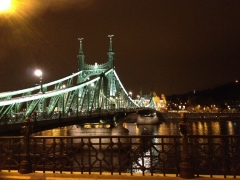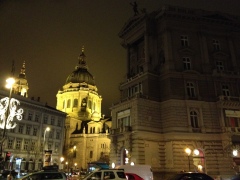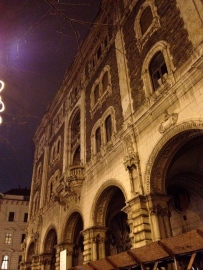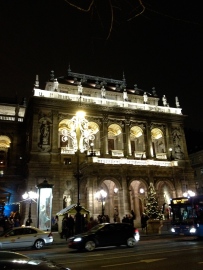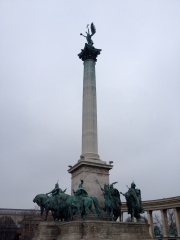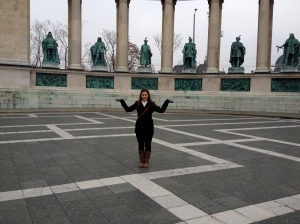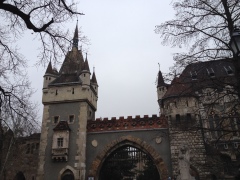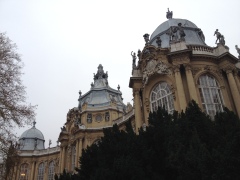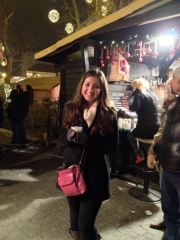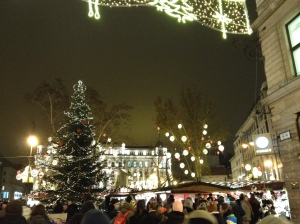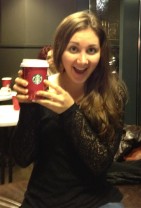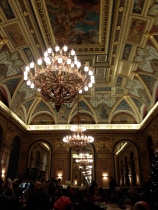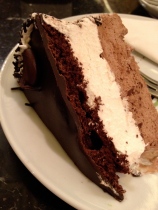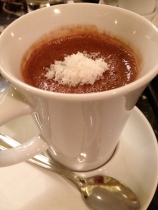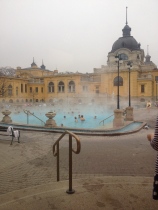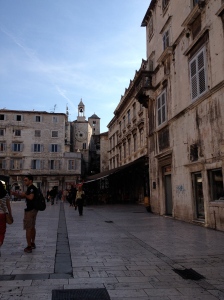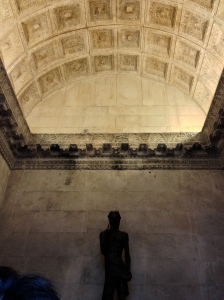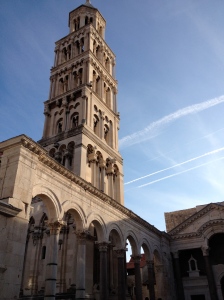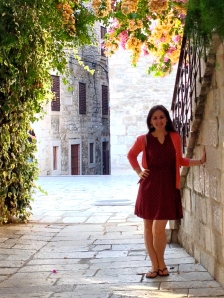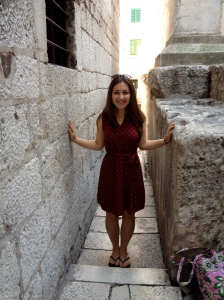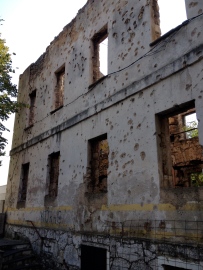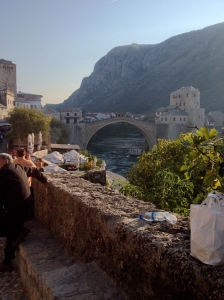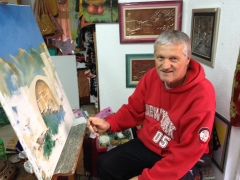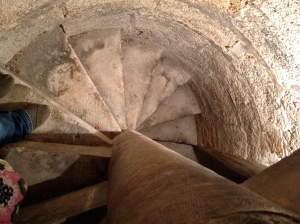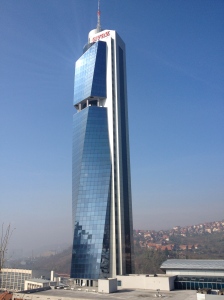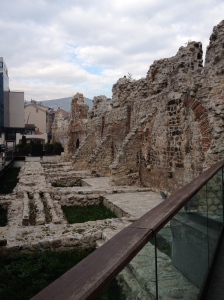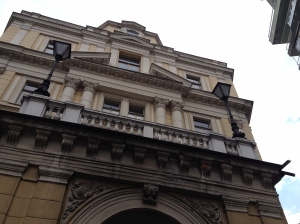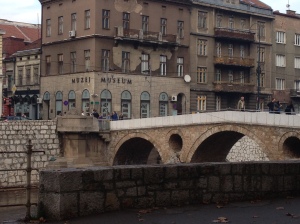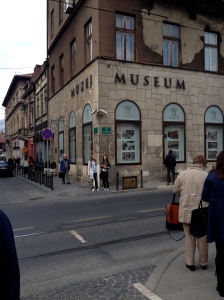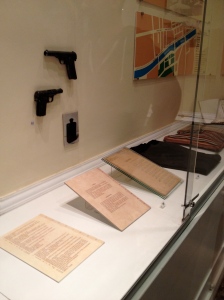I am really good at worrying. It’s also pretty common for me that when my stress level increases, so does my worry and anxiety. I’ve been feeling the weight of that this morning.
I pushed myself a little too hard this week, and I woke up feeling the physical effects of my “keep-going mentality.” So, I stayed home from church to rest and spend time with the Lord while lying in bed. And surprise, surprise, my mind wouldn’t rest. My to-do list raced through my head. When I attempted to read the Bible, my mind reminded me of the laundry to get done, the emails I need to send, the travel plans to solidify. I stopped reading because I couldn’t concentrate, and I again picked up my phone to add more items to my “To-Do” note.
And then came the kicker, when God asked, Are you resting?
No, I replied reluctantly. I need help.
Let’s just say that it wasn’t the easiest of battles. But finally, I put my phone and iPad aside, made tea in my edelweiss Switzerland mug, and climbed back in bed to start over. I searched for sermons to listen to, and found one by John Piper on fear and anxiety. That seems fitting; I bet I need to hear this.
It wasn’t a typical sermon on Matthew 6, about storing your treasures up in heaven and not being anxious about tomorrow. (That passage is really great, and I highly suggest you check it out.) But instead, Piper focused his message on Isaiah 41, and particularly Isaiah 41:10.
“So do not fear, for I am with you; do not be dismayed, for I am your God. I will strengthen you and help you; I will uphold you with my righteous right hand.”
But in order to understand verse 10, we need to understand who God is.
In the verses leading up to Isaiah 41:10, Isaiah speaks about characteristics of God — God as Judge of the nations, God as the Ruler over all rulers, God as the Creator and the First, and God as gracious. This is so crucial in understanding that our God is not like the idols spoken about in the passage. God is not one who was created by human hands. He’s not one who is lifeless or weak. He is real and personal. He is righteous and just. He is love and grace. He is the holy and perfect judge over the nations, He is more powerful than all worldly powers combined. He is the alpha and omega.
And even more than that, God says in verse 9, “I took you from the ends of the earth, from its farthest corners I called you. I said, ‘You are My servant’; I have chosen you and have not rejected you.”
God promises that verse 9 is true of those who have accepted the gift of life through Jesus’ atoning sacrifice. If we are in Christ, we need not fear. We need not be anxious because God says, “I am your God. I am with you. I will strengthen you. I will help you. I will uphold you.”
This is amazing news! Not only did Jesus willingly sacrifice Himself so that we can have a restored relationship with God, but God promises that all who receive Him and believe in Him are His. He promises that He is our God, that He is with us, that He will strengthen and help us, and that He will uphold us.
If this is true, why am I so worried or anxious? Why am I so afraid? Ultimately, our fear and anxiety come from unbelief, idolatry, or an incorrect view of God. We worry and stress because we want control and we forget about who God is. Or when we attempt to find security in temporary things, we are basically saying that these things will save us.
Everything in this world is temporary, except for a relationship with God. So, when I’m tempted to worry or fear or be anxious, which is a lot, I need to remind myself of the truth of Isaiah 41:10: that I am His, I am secure in Him, and that He is always with me.
What tempts you to be fearful or anxious? How can you allow the perfect peace of God calm your spirit?
For some other passages on worry, check out Matthew 6:19-34, Luke 12, Luke 10:38-42, Philippians 4, II Corinthians 4, Matthew 11:28-30, and 1 Peter 5:6-7.


